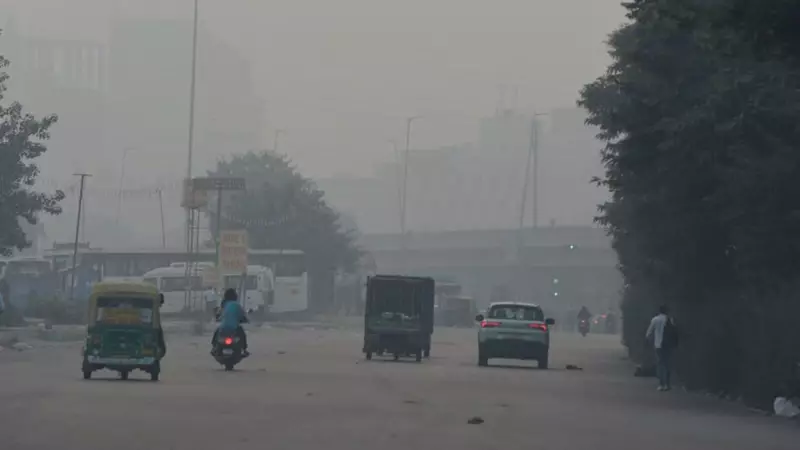
In an ambitious move to tackle the capital's persistent air pollution crisis, Delhi is poised to conduct its first-ever cloud seeding experiment today. This groundbreaking initiative could mark a turning point in India's fight against toxic air quality.
What is Cloud Seeding and How Does It Work?
Cloud seeding is a sophisticated weather modification technique that involves dispersing substances like silver iodide or salt flares into clouds. These particles act as nuclei around which water vapor condenses, ultimately leading to precipitation. Think of it as giving clouds a gentle nudge to release their moisture.
Why Delhi Needs Artificial Rain
Delhi has been grappling with hazardous air quality levels, particularly during winter months when pollution peaks. The Air Quality Index (AQI) frequently crosses the 'severe' category, posing serious health risks to millions of residents. Traditional measures have provided limited relief, prompting authorities to explore innovative solutions.
The Science Behind the Operation
The cloud seeding process involves multiple sophisticated steps:
- Weather Monitoring: Experts continuously track cloud formations and weather patterns
- Aircraft Deployment: Specially equipped planes release seeding agents into suitable clouds
- Chemical Process: Silver iodide or salt particles attract water droplets, encouraging rainfall
- Result Assessment: Scientists measure the impact on air quality and precipitation
Expert Insights and Expectations
According to Rekha Gupta, the initiative represents a significant step forward in environmental management. "This isn't just about creating rain; it's about creating cleaner, breathable air for Delhi's citizens," she emphasized during preliminary briefings.
Weather conditions remain the critical factor for today's trial. The success of cloud seeding depends heavily on having the right atmospheric conditions – specifically, moisture-laden clouds at appropriate altitudes.
Potential Impact and Future Prospects
If successful, cloud seeding could become a regular feature in Delhi's pollution control strategy. The artificial rain helps wash away particulate matter (PM2.5 and PM10) from the atmosphere, providing temporary but significant relief from pollution.
This trial positions Delhi among a select group of global cities using advanced technology to combat environmental challenges. While countries like China and the UAE have employed similar techniques, this marks India's most significant urban application of weather modification technology.
The eyes of environmental scientists, policymakers, and Delhi residents will be on the skies today, hoping that science can provide some relief from the city's persistent air quality crisis.





